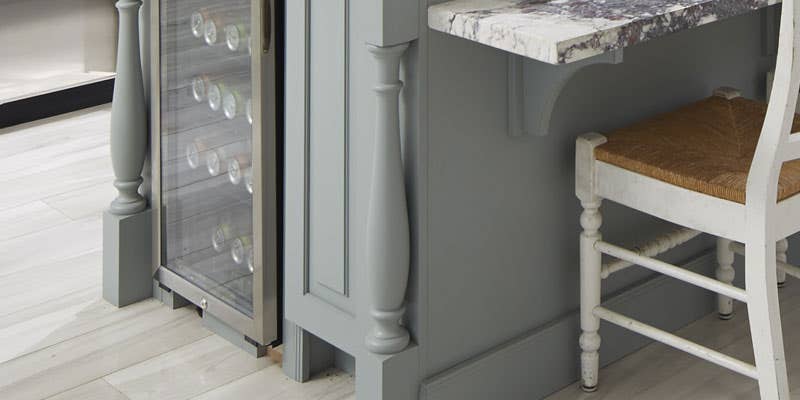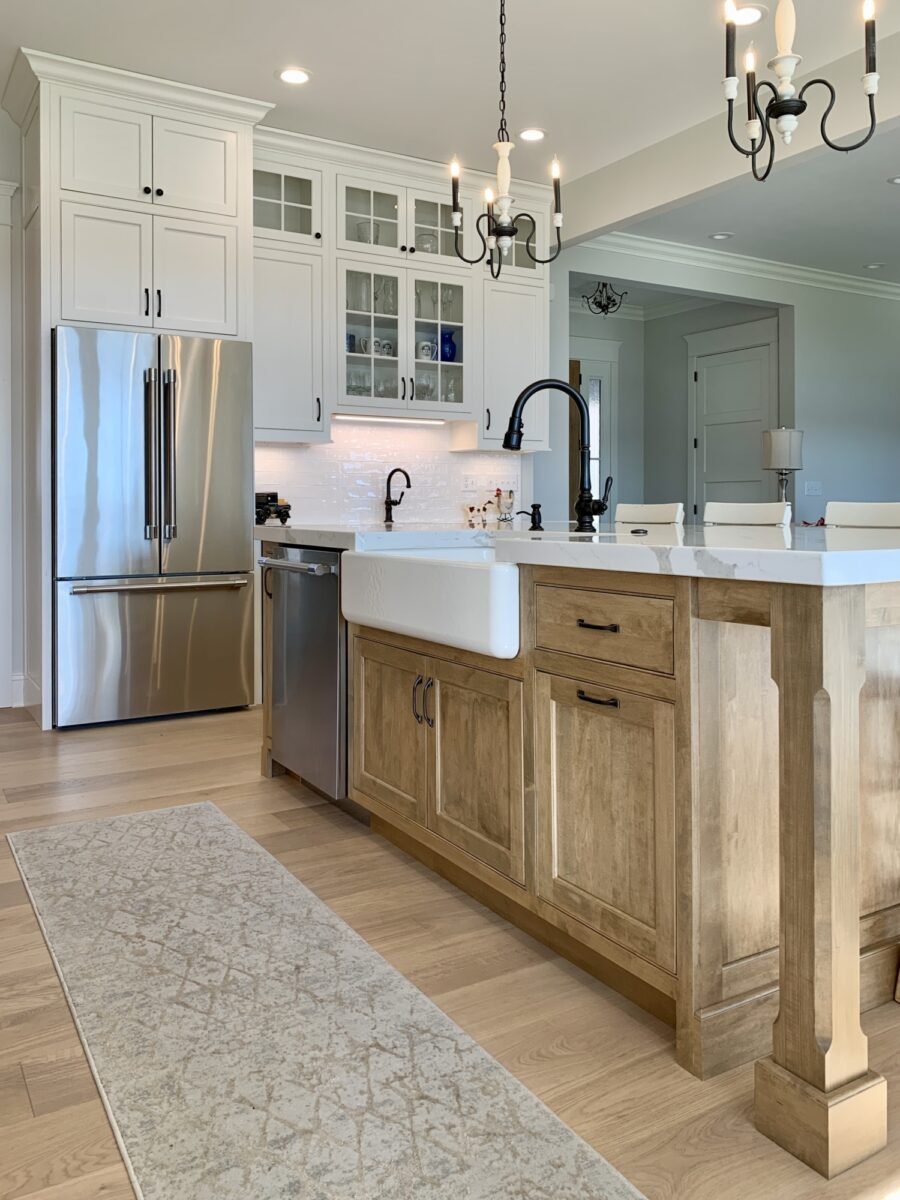Change Your Kitchen's Appearance with One-of-a-kind Legs For Kitchen Island Accessories
Change Your Kitchen's Appearance with One-of-a-kind Legs For Kitchen Island Accessories
Blog Article
A Guide to Choosing the Perfect Legs For Cooking Area Island for Your Home
Picking the optimal legs for your kitchen area island is a nuanced decision that influences both the functionality and visual charm of this central room. Elements such as height, materials, and design play a critical duty in integrating your island with the general cooking area design. Additionally, comprehending the relevance of stability and maintenance can substantially influence your selection. As you think about these elements, it ends up being evident that the ideal legs can transform not just the look of your kitchen area but also its usability for several years ahead. What certain features should you prioritize in this selection procedure?

Recognizing Kitchen Area Island Legs
When picking legs for a cooking area island, it's necessary to comprehend their aesthetic and functional duties in the overall design. The legs offer as an essential support group, making sure security and durability for the island, which often operates as an office, dining location, or gathering area. As a result, the choice of material and construction method should be robust enough to hold up against daily use and potential wear.
Along with their structural obligations, legs contribute significantly to the island's aesthetic charm. They can enhance the kitchen area's style, whether through conventional, contemporary, or eclectic styles. The height and percentage of the legs are additionally crucial factors to consider; they should balance with the island's counter top elevation while making certain comfy seating for those making use of the area.
Moreover, the leg layout can influence the overall circulation of the kitchen. Open, airy leg designs can develop a sense of agility, while solid, considerable legs may communicate a much more grounded and steady visual - Legs For Kitchen Island. Understanding these functional and visual elements will direct homeowners in making educated choices that complement their kitchen's layout and enhance its use
Popular Styles and Products
The option of legs for a cooking area island includes a range of popular styles and materials, each offering unique characteristics that can boost both functionality and appearances. Typical legs normally exhibit ornate details and craftsmanship, boosting timeless kitchen area designs.

Height and Security Considerations

Security is another crucial factor to consider. The legs of the kitchen area island must offer sufficient assistance, ensuring that the framework can withstand day-to-day usage without moving or tottering. Product choice plays a significant role in stability; metal legs, for example, have a tendency to provide greater strength compared to wood. Additionally, making certain that the island is safely secured to the floor or wall can improve stability, particularly for bigger islands that may birth substantial weight.
Matching Your Cooking Area Visual
Selecting the ideal legs for your cooking area island surpasses functionality; it likewise plays a substantial duty in the total aesthetic of the area. When picking legs, take into consideration the layout style of your cooking area. For a modern look, streamlined steel or minimal designs can develop a clean, modern vibe. On the various other hand, rustic or standard kitchen areas usually take advantage of wood legs with complex detailing or a distressed surface, boosting heat and personality.
Legs that enhance or contrast with your island's surface and bordering kitchen cabinetry can produce aesthetic consistency or striking focal factors. Additionally, take into consideration the coating of the legs; matte, shiny, or distinctive coatings can considerably impact the overall feel of the kitchen area.
Setup and Maintenance Tips
Setting up kitchen area island legs requires mindful focus to information to make sure both stability and visual appeal. Begin by picking an appropriate location for your island, ensuring it is degree and has ample space for movement. Make use of a stud finder to situate wall surface studs if you are connecting the legs to a wall or making use of brackets for included support. Mark the placement of the legs precisely prior to boring.
When safeguarding the legs, utilize high-quality screws and, if needed, timber glue for additional toughness. For steel legs, guarantee that you are utilizing appropriate anchors and tools to avoid damages to your flooring. her comment is here It is recommended to look for levelness after installation, making changes as needed to avoid wobbling.
Maintenance is equally vital for durability - Legs For Kitchen Island. Regularly inspect the legs for any kind of indicators of wear or loosening, especially in high-traffic locations. Tidy the legs with an ideal cleaner, avoiding abrasive products that may scratch the surface area. For wooden legs, take into consideration using a wood conditioner periodically to preserve their finish. By following these setup and maintenance suggestions, you can guarantee that your cooking area island legs stay both aesthetically attractive and functional.
Final Thought
In final thought, choosing the ideal legs for a kitchen island requires careful factor to consider of elevation, stability, and aesthetic compatibility. By choosing appropriate materials and styles that line up with the general kitchen area style, functionality can be improved while keeping visual charm. Correct installation and ongoing maintenance better add to the sturdiness and longevity of the kitchen island. Ultimately, thoughtful leg selection plays a critical duty in elevating both the practicality and design of the kitchen area find here room.
When choosing legs for a kitchen island, it's necessary to recognize their practical and aesthetic roles in the total design. Open, airy her response leg styles can develop a feeling of agility, while strong, considerable legs might convey an extra grounded and secure visual. The legs of the kitchen island ought to offer ample support, making certain that the structure can hold up against daily usage without wobbling or moving.Mounting kitchen area island legs calls for cautious interest to information to make certain both stability and visual charm.In conclusion, choosing the appropriate legs for a kitchen area island demands cautious consideration of elevation, stability, and aesthetic compatibility.
Report this page